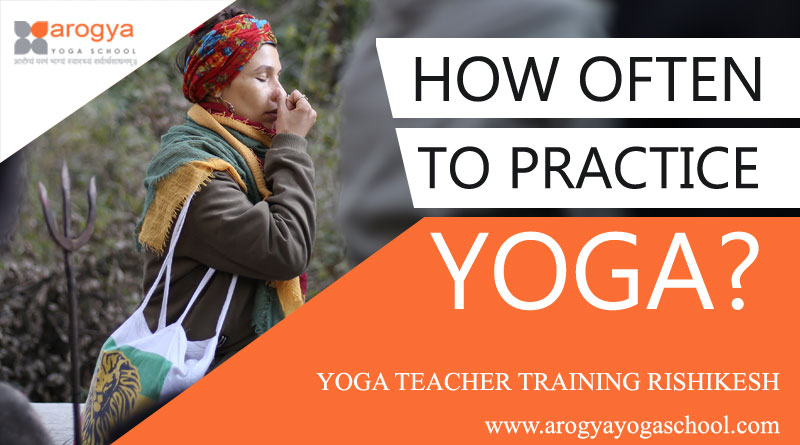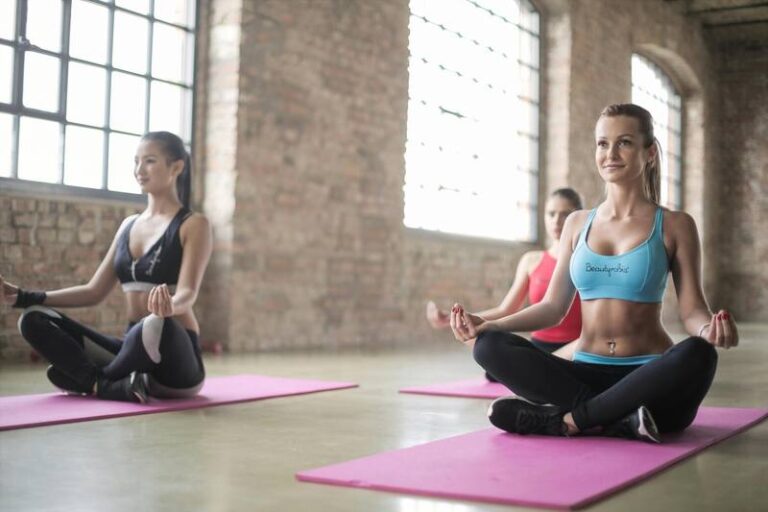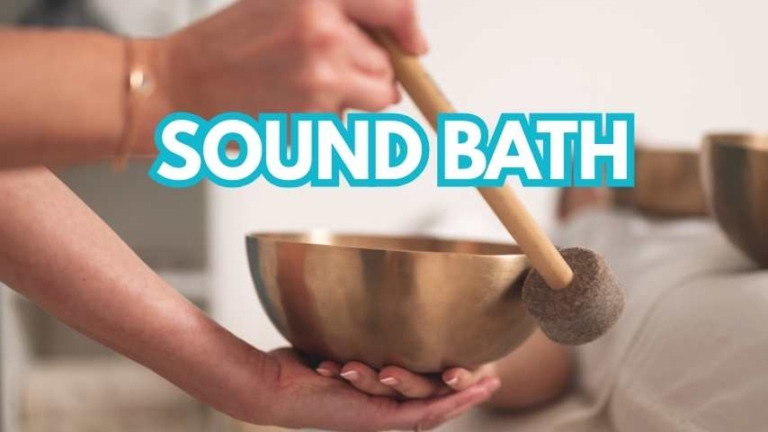
Whether you’re learning yoga via YouTube videos or in-person classes, it sometimes seems like everyone can do the perfect triangle pose or downward facing dog. And they make it look easy! It’s no wonder many beginner yogis often feel like giving up. The reality is different though. You don’t need to be the agile person in your class to benefit from yoga. In fact, the less flexible you are the faster you’ll see results.
While the physical practice does play a role, the ultimate goal of yoga is “moksha,” in Sanskrit (an ancient language of India), or liberation—the ability to find true inner peace and release from suffering. The thought is that the more you practice yoga, the deeper the connection you’ll find between the physical body, the mind, and the spirit. The stronger this connection is, the more mindfulness you can bring into your life.
How does yoga benefit you?
The apparent benefit is improved flexibility. Regular practice helps lengthen your muscles and free up tight joints. Over time, this can reduce the chance of injuries or pain. There are far more benefits to yoga. Other physical benefits include stronger bones, improved muscle strength and better balance. There is some evidence that yoga can help weight loss too. Your overall health can also benefit from regular yoga practice. There’s evidence to suggest that yoga may help improve sleep quality, boost your immune system, improve the health of your heart and decrease inflammation. It’s also great for reducing stress and anxiety.
How often should you do yoga to see results?
Perhaps you’re interested in practicing yoga for the physical aspect—you want to work hard, sweat and get fit. You might find, however, that yoga is so much more than that.
Maybe you found yoga through wanting to begin a meditation practice, and now you’ve found that your body is physically capable of things you never thought possible. Whatever your reason for beginning your practice, at least it’s brought you to the mat!
It’s probably no surprise that the more you practice yoga, the faster you’ll gain the benefits (most of the time). You’ll see results much sooner if you practice for an hour every day, for example, than just an hour every Saturday. That doesn’t mean short practice sessions can’t help though.
Some experts believe that even a few minutes of practice each day can help improve your mood. By focusing on your breath (much like meditation), you can practice being in the moment. With a bit of practice, your yoga “timeouts” will be a welcome break from the whirlwind of thoughts that accompany us throughout the day.
Of course, the amount you need to practice also depends on your goals:
If you want to gain many of the benefits of yoga – including improved strength, concentration and flexibility – 2-3 half hour sessions each week is a good place to start. This isn’t too much that you’ll overstretch your muscles, but is regular enough to provide consistent improvement. Ideally, you’ll do some practice on a daily basis – but this may not be possible if you have a hectic schedule. The Yoga Burn program also recommends practicing three times a week.
To improve your sleep, a short session of around 10 minutes before bed can help.
For improving flexibility, one hour-long class per week may be enough to gain some of the benefits. You’ll see much faster progress if you practice more though.
To reverse bone loss due to osteoporosis, 10 minutes daily practice is also enough for noticeable improvement.
Developing a regular practice can bring feelings of gratitude and compassion to the surface. Perhaps you’re able to gain an understanding of why you might have poor eating habits or make poor choices regarding your health on a deeper level. After a time, you may be able to find forgiveness for yourself and thus change your habits altogether.
How can you master Yoga?
Depending on your physical capabilities, you might work your way up to these classes in just around a month of regular practice. Regular practice for most is considered to be at least a few times a week, though many seasoned practitioners will get on their mat every day.
While advanced classes may be accessible to practitioners after a few weeks or a couple of months of regular practice, again depending on where your body is physically, there are many advanced postures that may take years to become available to you.
It’s not uncommon to hear of people practicing for five or six hours a day. This is extreme – and has the potential to cause injury if not under the instruction of a skilled teacher – but there’s no substitute for putting in the hours. The good news is you don’t need to practice six hours a day to see improvements in strength and flexibility. Practicing daily (instead of a few times per week) can speed up your progress though.
Yoga should never be rushed. Everyone’s body adapts at different rates, so trying to “force” progress is nearly always going to end in pain and injury.
Learning each pose is a process. You see it performed by instructor, then try and do it yourself. Over time, you work on the position, gaining a little bit of flexibility each time you practice. It could take a few weeks or it might take year. Eventually you’ll perfect the pose.
In conclusion…
When you first start, try to practice at least twice per week. This should initially be under the instruction of a competent instructor, but once you know the basics you can practice at home too. The most important thing is to practice regularly. If you leave too long between sessions, you’re effectively starting again each time – which can make yoga frustrating. The more regular of a practice you have, the more quickly you’ll experience positive changes in your life. It could begin with an improvement on a mental level that then develops into physical results or the other way around. If practicing every day doesn’t happen immediately for you, just a couple of classes a week can be considered a regular practice. Take whatever you can get! Results of any kind—physical, mental or spiritual—can be felt almost immediately, and your body and mind will likely be craving more right away.





